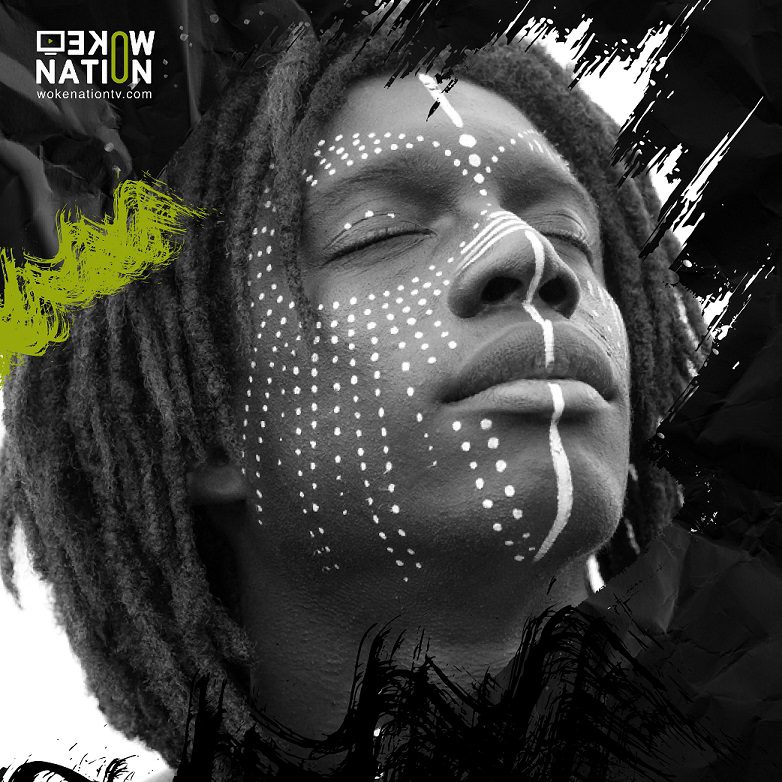In 2009, the head of King Badu Bonso II of Ahanta, a kingdom in present-day Ghana was returned to Ghana. Delegates from Ahanta, comprised of descendants of King Badu Bonso II, brought in the head, which was returned in a jar without compensation from the Dutch authorities.
The tragedy of the Badu Bonso II was one of many horrors perpetrated by colonialism in Africa. Badu Bonso II execution was as retaliation for daring to rebel against the colonial masters.
In 1830, he began to have problems with the Dutch, who were exploiting Ahanta based on the Butre Treaty, which was signed on August 27, 1656. Badu Bonso II who didn’t like the interference of the Dutch challenged the Butre Treaty’s provisions and references. This resulted in several clashes between him and the Dutch officials in Gold Coast. The Dutch people became more pertinent for forcefully grabbing land from the natives and getting involved in the kingdom’s affairs.
In 1837, Badu Bonsu II, who had had enough of the Dutch, recruited soldiers to oppose the Dutch authority. Several officers, including Governor Hendrik Tonneboeijer, were killed by his soldiers.
The Treaty of Butre was used by the Dutch government to justify military action against Badu Bonsu. An expeditionary force was sent to Ahanta to apprehend the King alive or dead.
The king was then prosecuted for murder, and executed during the ensuing war with the Dutch side in 1838. The Dutch overthrew the Ahanta government, exerting strict control over the province.
The Execution of Badu Bonsu II
Badu Bonsu II execution wasn’t carried out without insider support. It was said that the dutch instigated some subchiefs of Badu Bonso II against him. One of such subchiefs was Eteroe of Sekondi, a chief who had a very healthy relationship with the King before his betrayal.
Prior to Eteroe’s treason, Badu Bonso II had sentenced Eteroe of Sekondi to death after he discovered that he was surreptitiously supplying firearms and gunpowder to the Wassa, one that his reign had outlawed.
Badu Bonso II was hanged death on the 27th of July 1838 at the exact spot he earlier killed two Dutch officials Maasen and Adrian Cremer.
Schillet, a Dutch medical officer stationed at Elmina Castle, removed his head and placed it in a Formahyde jar, which was eventually brought to Hague. Schillet was solely given the task of removing Badu Bonso II’s skull for scientific research purposes. Several other Ahanta royals from Busua and Takoradi were also taken along, and some of them were executed in Elmina in August 1838. The rest were sold as slaves aboard a ship bound for the Dutch West Indies.
The After Effect of the Execution of Badu Bonso II
After the war, the people of Ahanta were forced to flee their homes since Busua and Takoradi had been entirely ravaged. Many towns went extinct, and there was no Ahanta ruler for ten years until Hima Dekyi of Dixcove ensured that a king was installed later. The newly appointed king died soon after, and successive rulers would die in mysterious circumstances. The royal women of Busua were terrified by the inexplicable deaths of consecutive rulers. Fearing that their male children might be placed as kings, royal mothers began hiding their male children. Others, together with their male children, departed Busua and never returned.
By April 1872, the Dutch sold all their trade possessions in Ahanta to the English and left Ahanta for good.
Queen Elizabeth II Dies at 96…

